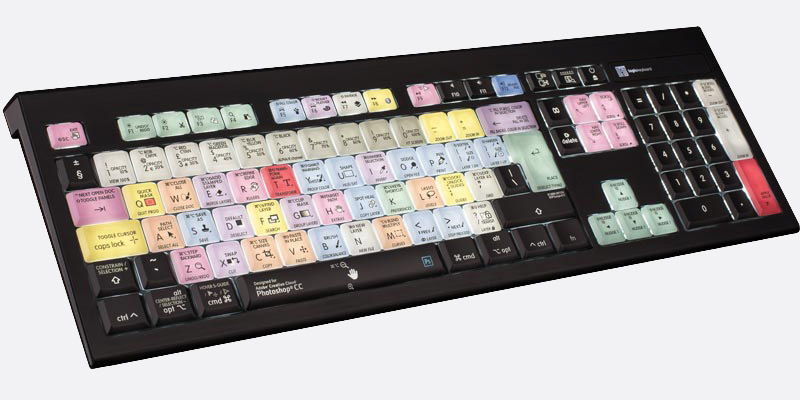

Regardless sounds like I'll just work off of the SSD.
#How to photoshop with a usb mac os x#
Also when I'm editing I tend to open a few stacks at a time, which I can work around if needed but nice to be able to work the way you want. Im using Mac OS X 10.4/10.5 and installed Adobe Photoshop CS3, but my scanner is not detected in Photoshop CS3 although I can scan with ControlCenter2 or. I have 16GB, but I've been known to layer 8 files of A7II and am shooting an A7RII now that could get pano stitches etc. purple is keyboard and green is mouse this is reflected on the sockets on the back of the computer to make sure the correctly wired plug is installed. Proper ps/2 connectors are colour coded, e.g. For clock use pin 6 of the ps/2 and connect that to pin 3 on the usb. Your internal drive will be fine for OS, apps and any potential scratch disk (which you won't need unless you only have 8GB RAM and are working with >3 layer D850 files). For data use pin 2 of the ps/2 and connect that to pin 2 on the usb. Good point, looks like it's getting 2000/1500 on benchmarks.
#How to photoshop with a usb upgrade#
If you're only getting 500MB/s, upgrade to the 960, it will approach 2000MB/s write and 3000MB/s read. Perhaps you got just an M.2, but if it's actually NVME, like a Samsung Pro 960, you'll never flood it. This is my fist SSD main drive rodeo, I'd been running smaller SSD scratch disks on older machines, but I could put those on internal mSATA or Sata cables. Yea, been messing with it long enough to be looking for anything to squeeze out performance. So, I can plug in the USB-C cable into the capture card with the USB-A port going into my laptop.

Now, the Elgato HD60s has a USB-C port which is capable of carrying video signals.

You sound old school, like you've been using Photoshop since you've needed scratch disks. After downloading the application, connect the PS-4 HDMI Out port to the HDMI In port on the capture card via an HDMI cable.


 0 kommentar(er)
0 kommentar(er)
